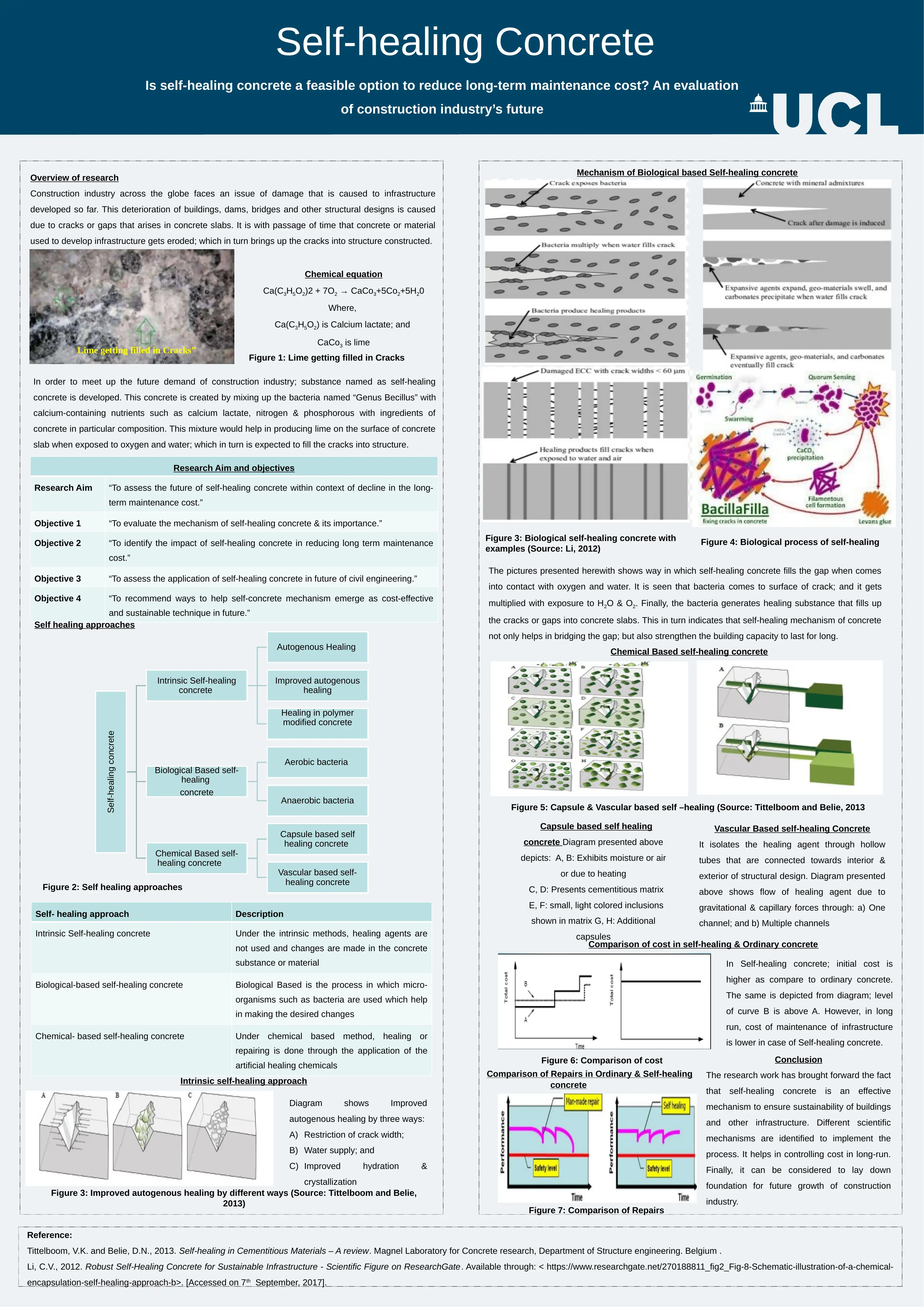Self-healing Concrete: Evaluating Construction Industry's Future
VerifiedAdded on 2023/03/30
|1
|799
|142
Report
AI Summary
This report evaluates the feasibility of self-healing concrete as a means to reduce long-term maintenance costs in the construction industry. It explores the mechanisms of biological-based self-healing concrete, including the use of bacteria like Genus Bacillus and calcium-containing nutrients to fill cracks. The report aims to assess the impact of self-healing concrete on reducing maintenance costs, identify its applications in civil engineering, and recommend ways to make it a cost-effective and sustainable technique. The report covers various self-healing approaches such as intrinsic, capsule-based, and vascular-based methods, along with comparisons of cost and repair in both self-healing and ordinary concrete. The study concludes that self-healing concrete is an effective mechanism for ensuring the sustainability of buildings and other infrastructure, potentially laying the foundation for future growth in the construction industry.



![[object Object]](/_next/static/media/star-bottom.7253800d.svg)